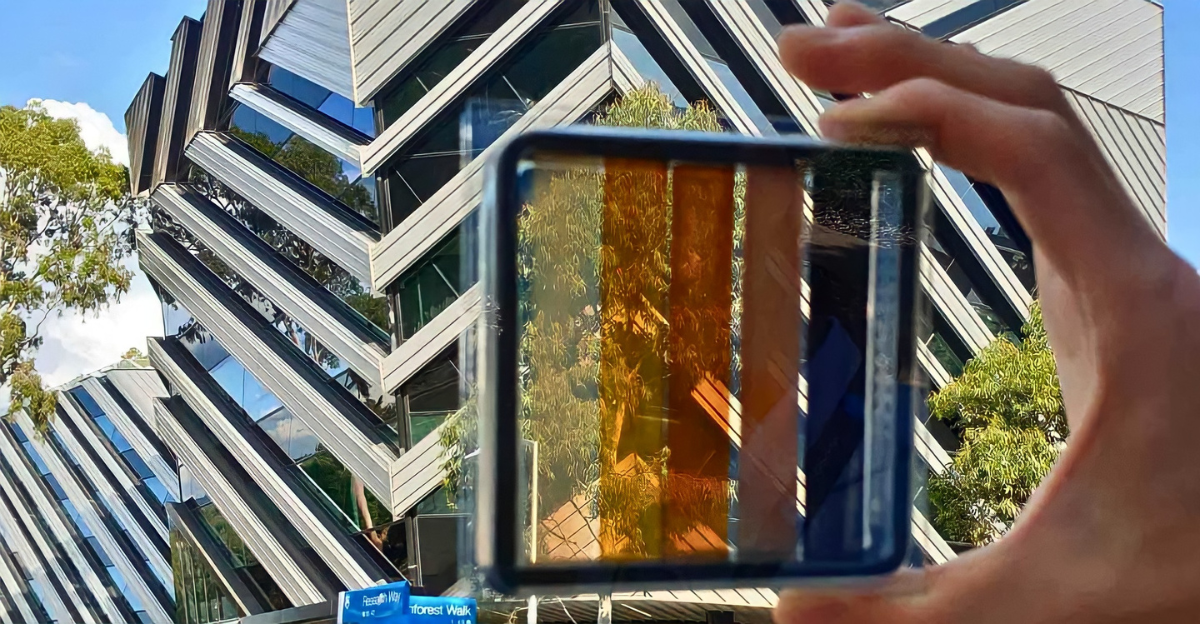
Transparent solar windows are revolutionary photovoltaic technologies that allow windows to convert ultraviolet and infrared light into electricity while maintaining visible light transparency. Unlike traditional rooftop solar panels, these windows can turn the vast surface area of building glass into energy generators, promising significant clean energy contributions in urban environments.
This presents a disruptive innovation with the potential to generate up to 40% of U.S. electricity demand by tapping into billions of square meters of window glass, rivaling rooftop solar’s current capacity. However, this new technology threatens to disrupt the $100 billion rooftop solar industry by offering a more spatially expansive and aesthetically acceptable clean energy alternative, radically changing urban energy landscapes.
Historical and Scientific Advances
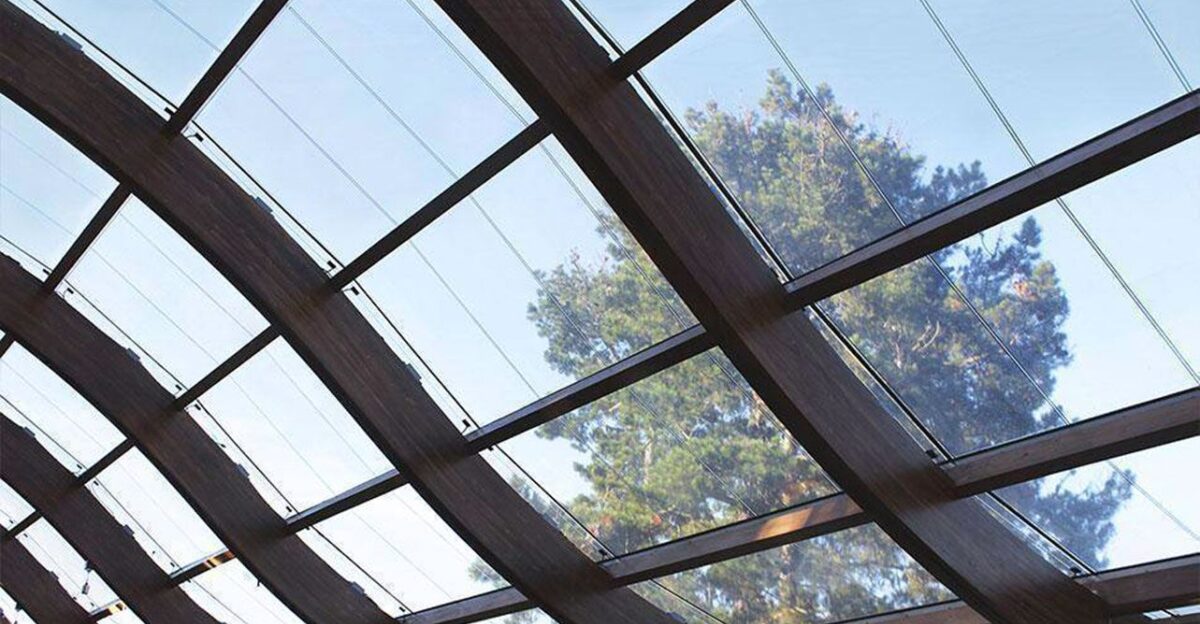
Transparent solar windows have been around for decades, but only recently have they become a reality thanks to developments in perovskite solar cells and organic photovoltaics. Transparent solar cells, materials that selectively absorb non-visible wavelengths to generate power without compromising window clarity, were made feasible by groundbreaking research by scientists like Dr. Richard Lunt at Michigan State University.
The efficiency of early prototypes was low (~5–10%), but ongoing developments in material science have gradually improved the balance between power generation and transparency, making commercial viability possible. These developments establish transparent solar windows as a new frontier that, in urban environments, either matches or even outperforms rooftop panels.
Window Surface Area vs. Roof Space: A Comparative Benefit
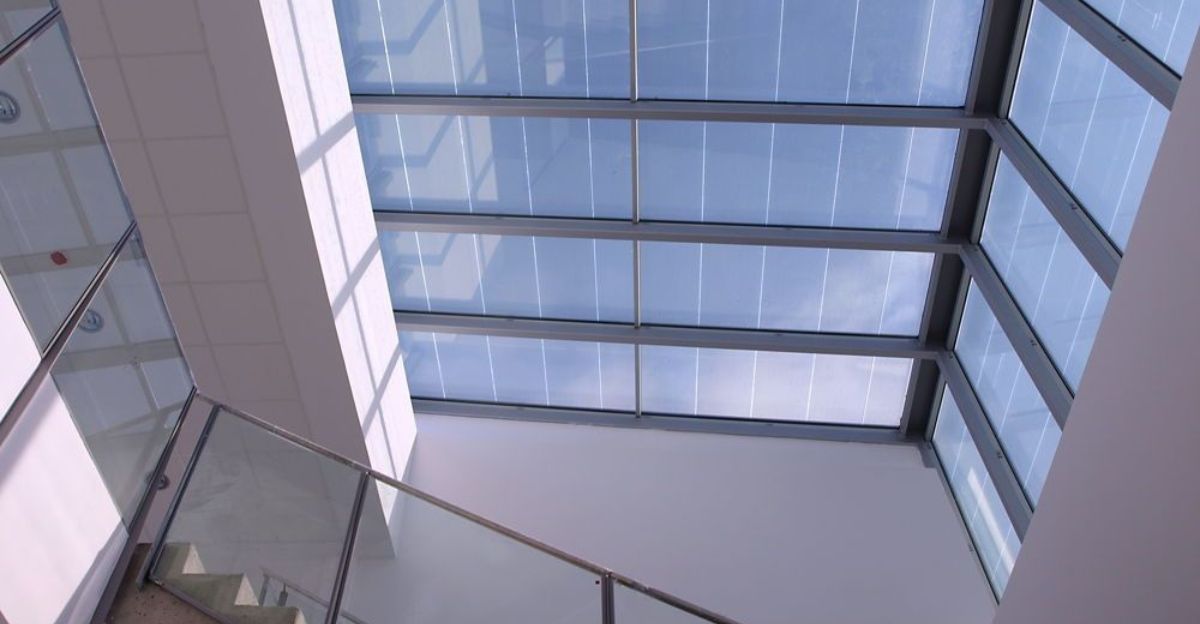
The limited and frequently shaded roof area presents inherent spatial constraints for rooftop solar panels, particularly in crowded urban areas. Transparent solar windows, on the other hand, make use of the largely unrealized potential of glass facade surfaces, which can be several times larger than rooftop space.
The conversion of entire glass facades into energy-generating surfaces would be especially advantageous for high-rise buildings, which are common in urban areas where rooftop solar deployment is limited. With its significantly larger surface area, this change defies the conventional rooftop solar paradigm and, if widely embraced, could threaten rooftop solar’s market share and revenue forecasts.
Market Consequences: Dangers to the $100B Rooftop Solar Sector
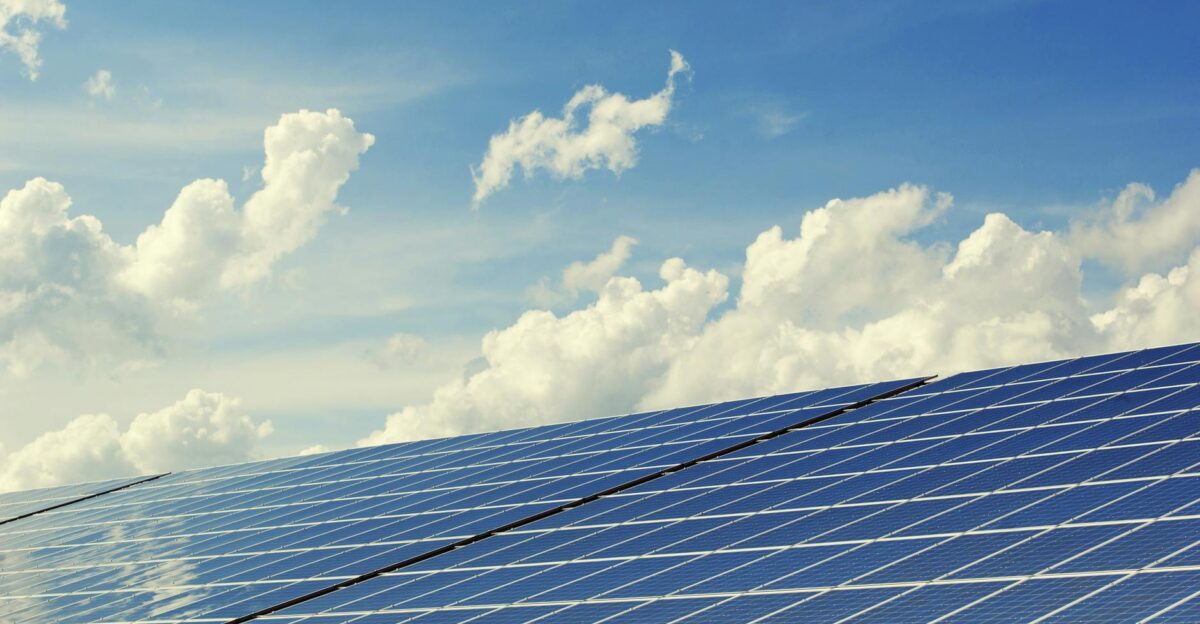
Traditional solar panels mounted on residential and commercial roofs are a significant component of the $100 billion global rooftop solar market. Because they could displace or lower the demand for rooftop panels in the urban and commercial real estate sectors, transparent solar windows directly threaten the market.
A technology that blends in better with architecture and aesthetics and requires less installation could upend current business models, sales channels, and investor expectations. As cities, companies, and real estate developers turn to transparent solar solutions due to their broader applicability and design integration, the industry may suffer significant losses.
Effects of the Economic and Employment Ripples
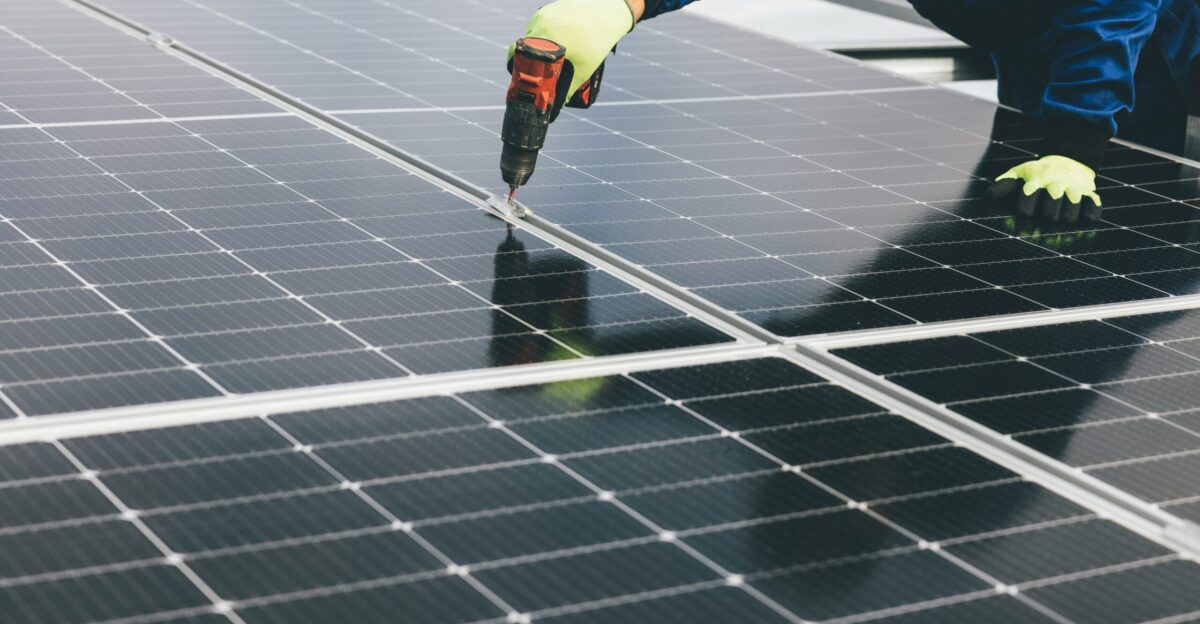
Transparent solar windows may displace rooftop solar, which could have an impact on industries other than corporate profits, such as manufacturing, installation, and maintenance services that have historically supported rooftop solar.
The demand for workers may shift toward new manufacturing techniques and installation skills related to glass and window technologies as rooftop panel installation-specific job roles become less common. Workers and businesses may face transitional difficulties as a result of this labor market realignment, which would increase the socioeconomic effects of this technological disruption.
Environmental Impacts at the Second and Third Orders

Increased solar energy capture from urban glass surfaces is the direct environmental benefit; however, secondary effects include a decreased need for traditional solar mountings and rooftop modifications, minimizing ecological and architectural disturbance.
Furthermore, buildings may see less heat gain or loss as windows take the place of conventional panels because of integrated smart photovoltaic glass, which could reduce the energy required for heating and cooling. However, increased glass use may also bring with it new sustainability issues that need to be strategically addressed, like the environmental costs of manufacturing and recycling photovoltaic glass materials.
Strategic Industry Reactions and Prospects for Innovation
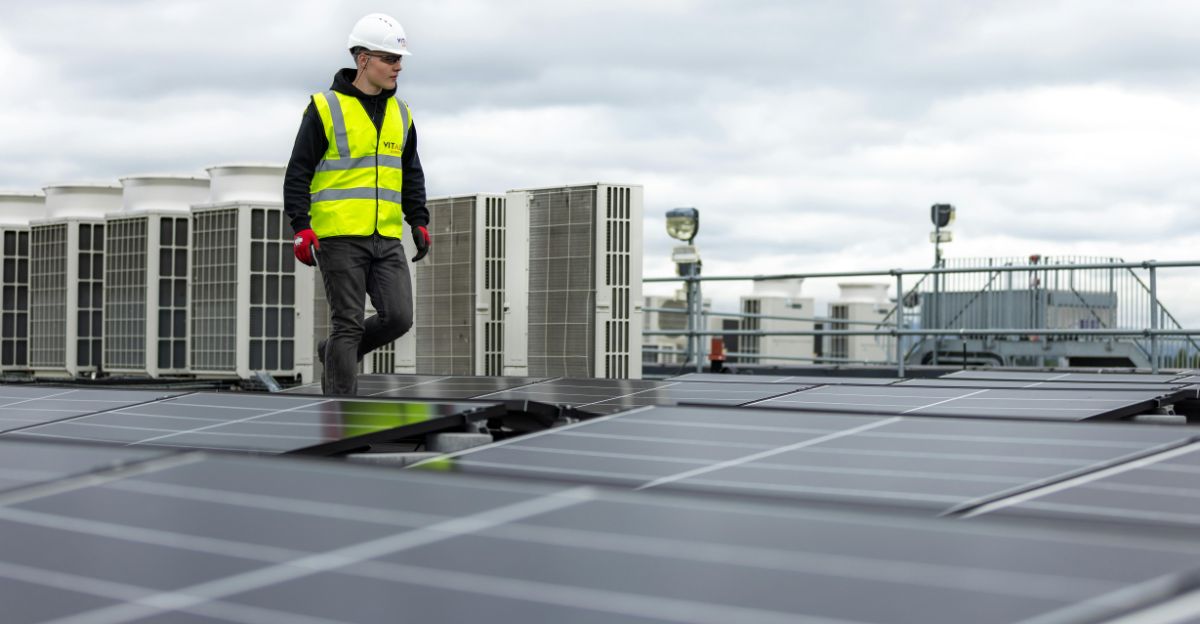
The rooftop solar industry could move toward hybrid models that combine solar glass and rooftop panels, or it could innovate to incorporate transparent solar technologies. Collaborations with producers of building materials may hasten the creation of products that combine solar panels and windows.
This shift could create a new ecosystem that combines energy-efficient building design, bright windows, and photovoltaics, giving rooftop solar companies a way to remain profitable and relevant in the face of changing technology.
Possible Restrictions and Difficulties

Transparent solar windows, according to critics, are still less efficient and economical than conventional panels. With many projects reporting efficiencies of less than 10%, the trade-off between power generation and transparency continues to be a technical obstacle.
Due to inertia in established rooftop solar markets, regulatory obstacles, and higher upfront costs, market adoption may be sluggish. Therefore, rooftop solar might continue to rule for years despite the hype, particularly in suburban and rural areas where problems with roof space are less severe.
Regulatory and Policy Aspects

Adoption of transparent solar windows will be significantly influenced by government incentives, building codes, and urban planning regulations. Installing solar glass in new construction and renovation projects may be required or encouraged by cities striving for green building certifications and zero-energy goals.
Rooftop solar, on the other hand, enjoys well-established subsidies and rebates that might not keep up with new window solar technologies, which could impact the rate and scope of market disruption. Therefore, the policy environment is both a deterrent and a motivator for transparent window solar technology to challenge the dominance of rooftop solar.
Combining Smart Building Technologies

The compatibility of transparent solar windows with intelligent building systems is unique. In line with next-generation building designs, dynamic tinting, light modulation, and embedded sensors can maximize indoor comfort and energy harvesting.
Buildings can now generate power and dynamically modify their energy use thanks to this integration, which increases efficiency. Solar windows have a competitive advantage in the developing market of intelligent, sustainable urban architecture since rooftop solar lacks this inherent coupling with the building envelope.
Ecosystems of Urban Energy and Distributed Generation
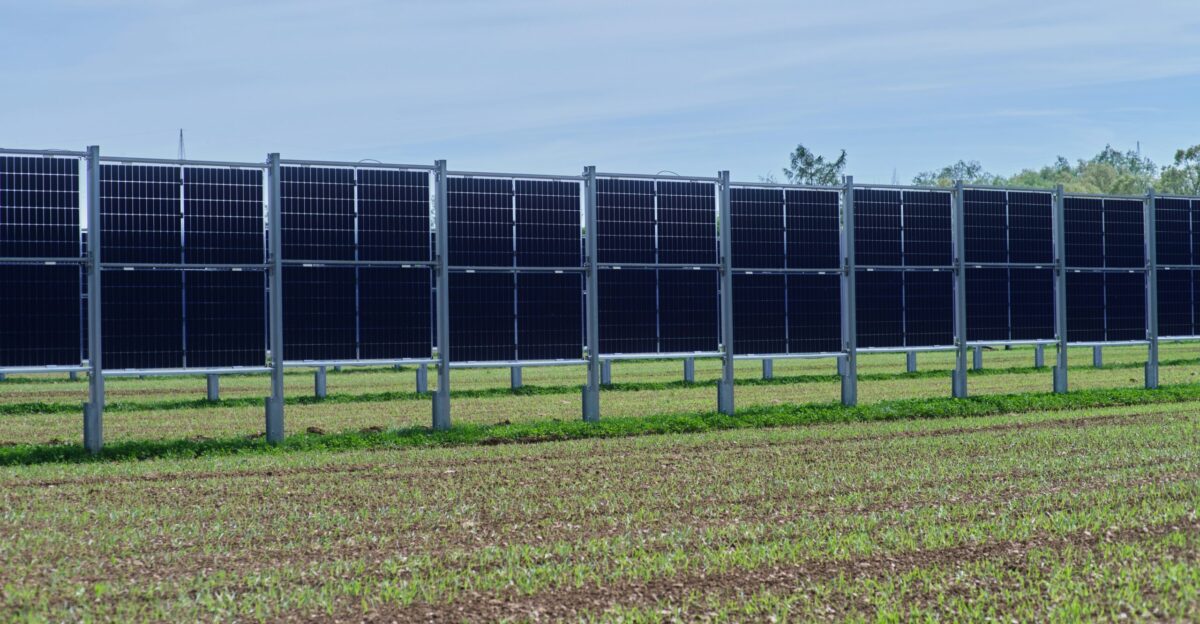
Transparent solar windows have the potential to turn cities into dense, vertical solar farms, facilitating the development of microgrids and distributed energy production. Decentralization lowers losses and improves energy resilience by reducing dependency on centralized power plants and grid transmission.
Although rooftop solar helps with distributed generation, it is not large enough to completely meet urban energy demands. Thus, window solar could serve as a basis for future urban energy independence and climate objectives.
Retrofit of High-Rise Skyscrapers

Imagine retrofitting the entire facade of the skyscrapers in New York City with transparent solar windows. Entire districts could be powered by the potential energy produced, significantly lowering reliance on fossil fuels. This stands in stark contrast to rooftop solar, which has a limited capacity because of its small roof footprint.
The scope of these retrofits highlights how solar windows have the potential to completely destroy the rooftop solar market in megacities around the world, where the demand for aesthetically pleasing, space-efficient energy solutions is driven by real estate values.
Possible Barriers to Adoption and Perceptions in Society
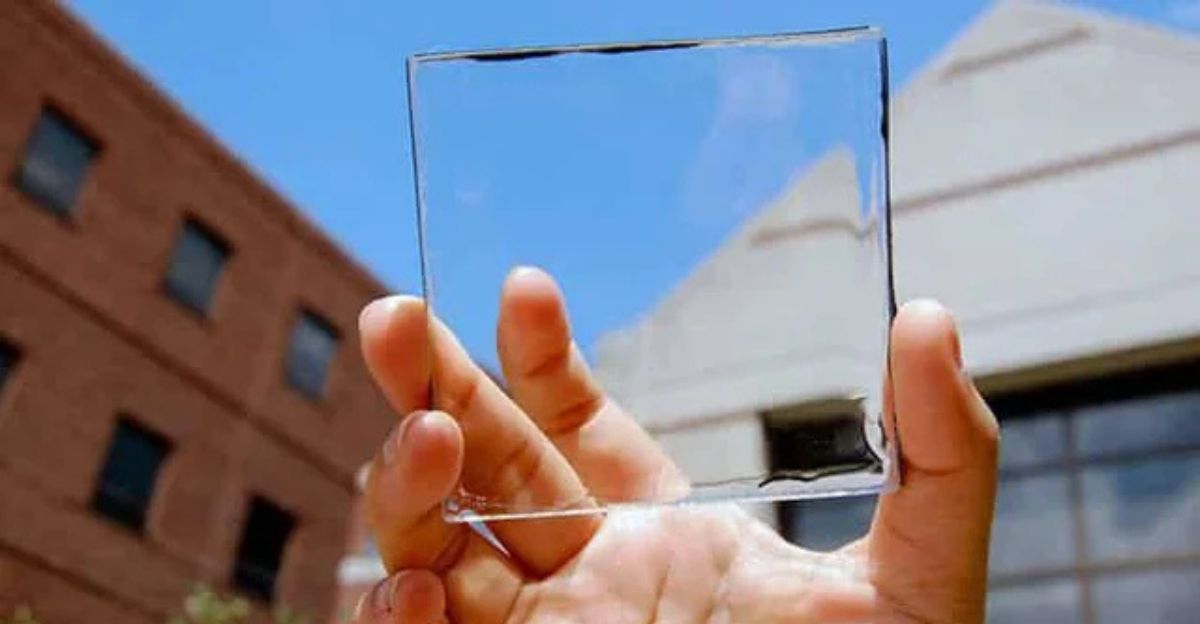
Despite the promise of technology, consumer and architect acceptance depends on dependability, affordability, and trust. Adoption may be slowed by skepticism about the longevity, maintenance complexity, and durability of new solar windows.
Additionally, until transparent solar windows demonstrate long-term cost savings and performance, building managers and homeowners might favor the tried-and-true rooftop solar model. Education and demonstration initiatives are essential to change public perception and hasten the adoption of transparent solar markets.
Conclusion

With their spatial advantage, ability to blend in seamlessly with urban architecture, and potential to provide a significant portion of the electricity demand, transparent solar windows are a daring advancement in solar energy that could pose a threat to the long-standing rooftop solar industry.
Even though rooftop solar still has cost and efficiency advantages, the broader range of uses and growing capabilities of transparent solar windows could cause significant disruption and result in losses for rooftop solar stakeholders of up to $100 billion. In the rapidly evolving energy transition landscape, policymakers, industry participants, and urban planners must acknowledge and adjust to this paradigm shift or risk obsolescence.